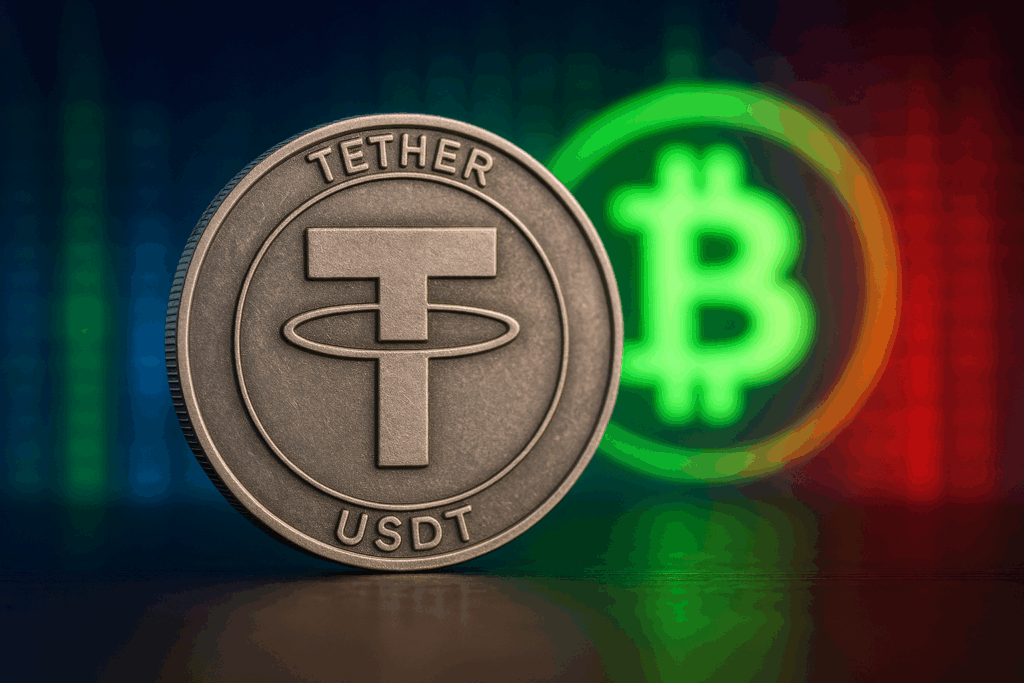Tether, the issuer of the world’s most-utilized stablecoin, has announced its intention to launch USD₮ (USDT) on RGB, a next-generation protocol for issuing and transacting digital assets on the Bitcoin and Lightning Network layers. This marks a historic shift toward bringing stablecoins natively into Bitcoin’s ecosystem.
What Is RGB—and Why It Matters for Bitcoin
RGB is a cutting-edge protocol enabling developers to issue and manage digital assets—like stablecoins, NFTs, and tokenized assets—on the Bitcoin blockchain using client-side validation. The protocol anchors proofs to Bitcoin transactions while keeping most data off-chain. This design preserves privacy, minimizes blockchain bloat, and enables Lightning Network compatibility—all without changes to Bitcoin’s consensus rules.
This technological leap allows Bitcoin to transform from a store of value into a dynamic infrastructure for programmable financial services.
What the USDT–RGB Integration Delivers
By issuing USDT natively on RGB, Tether unlocks several significant benefits:
- Unified Wallets: Users can hold and transfer both USDT and BTC within the same wallet interface.
- Enhanced Privacy: Transactions leverage client-side validation, keeping transaction metadata private and off the public chain.
- Scalability & Cost-Effectiveness: Off-chain architecture drastically reduces blockchain congestion and associated fees.
- Lightning Network Integration: USDT on RGB supports instant, low-cost transfers via Lightning, and even offline transactions—notable for areas with limited connectivity.
Broader Significance and Strategic Implication
This launch signals a turning point for Bitcoin’s role in decentralized finance:
- Deepening Utility: With access to the stablecoin liquidity of USDT—now exceeding $167 billion in circulation—Bitcoin gains essential tools for real-world payment systems, remittances, and DeFi applications.
- Mainstream Potential: The integration empowers developers to build tangible financial applications directly within Bitcoin’s ecosystem, boosting adoption among merchants and service providers.
- Strategic Momentum: As the largest stablecoin issuer, Tether’s forward movement underscores Bitcoin’s future as the foundation for a free and resilient financial system.
- Catalyst for Institutional Adoption: This framework provides a path for scalable, privacy-conscious, programmable finance tools on Bitcoin—a potential game-changer for institutional settlement and DeFi protocols.

Remaining Challenges Ahead
Despite the excitement, several obstacles remain:
- Wallet and Tooling Ecosystem: Adoption relies on developers building user-friendly RGB-compatible wallets and merchant infrastructure.
- User Experience Complexity: Users must manage both Bitcoin keys and RGB proofs—raising the bar for onboarding.
- Regulatory Navigation: Off-chain transactions and privacy features may draw regulatory attention around compliance and KYC/AML standards.
Conclusion
Tether’s launch of USDT via RGB is an ambitious stride in Bitcoin’s evolution—merging its unmatched security with stablecoin liquidity, privacy, and programmability. If realized, this integration could propel Bitcoin from a passive store of value into a vibrant, programmable financial layer—unlocking everyday uses and new paths in global finance.
While no specific launch date has been set, Tether and RGB developers are collaborating to roll this out in the near future.











